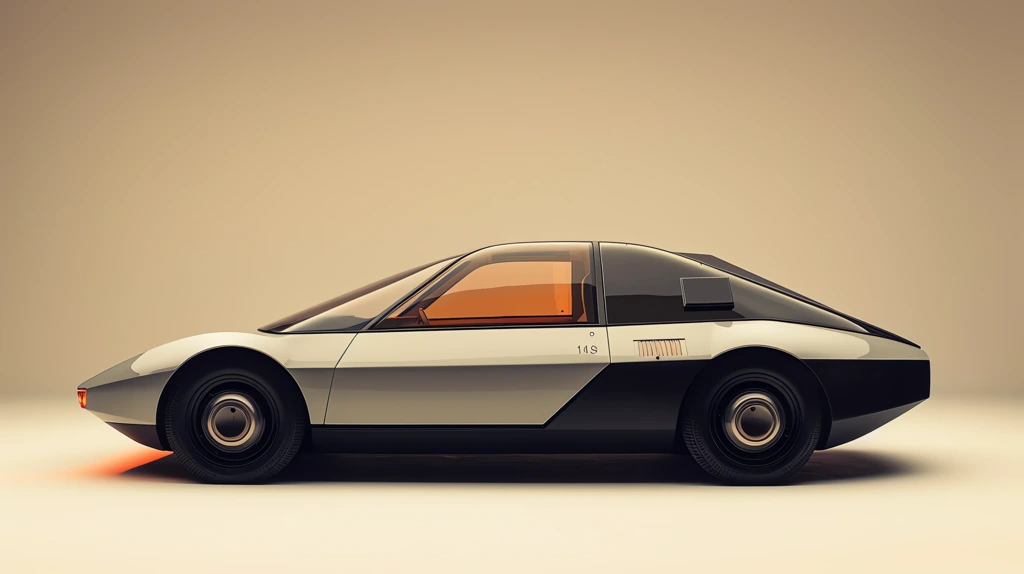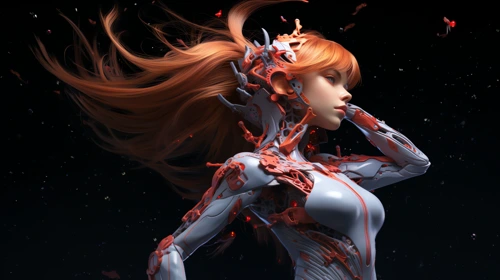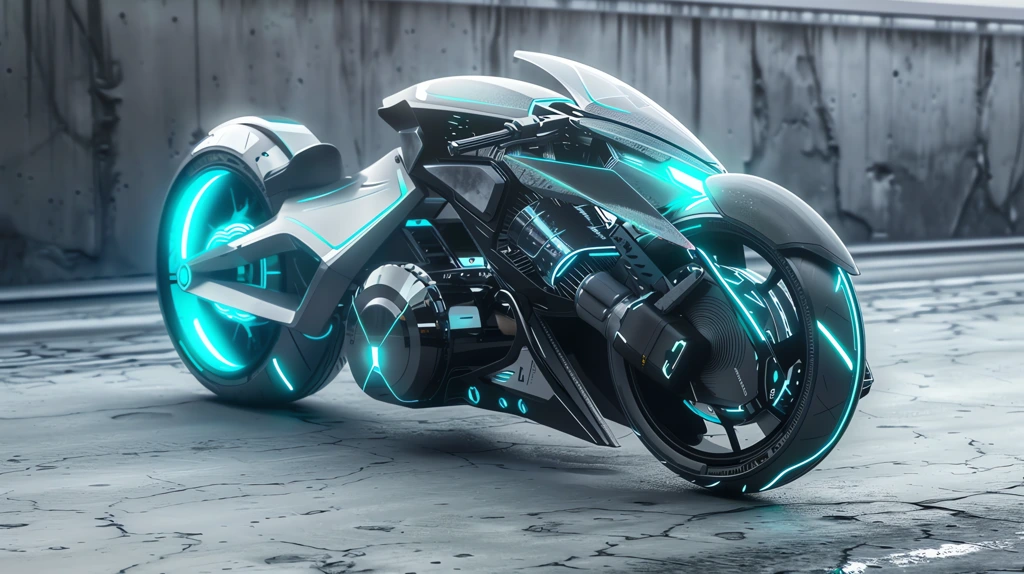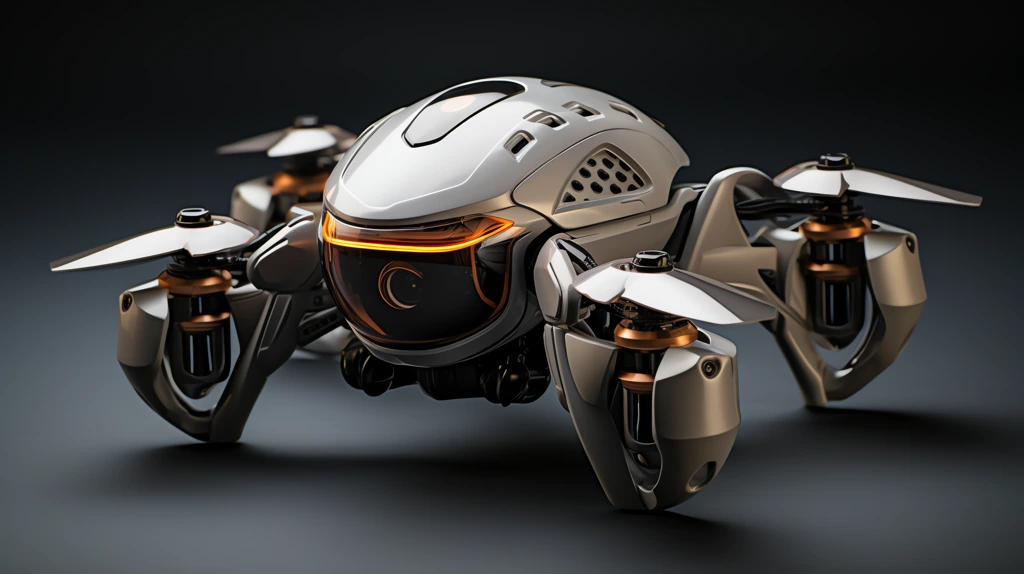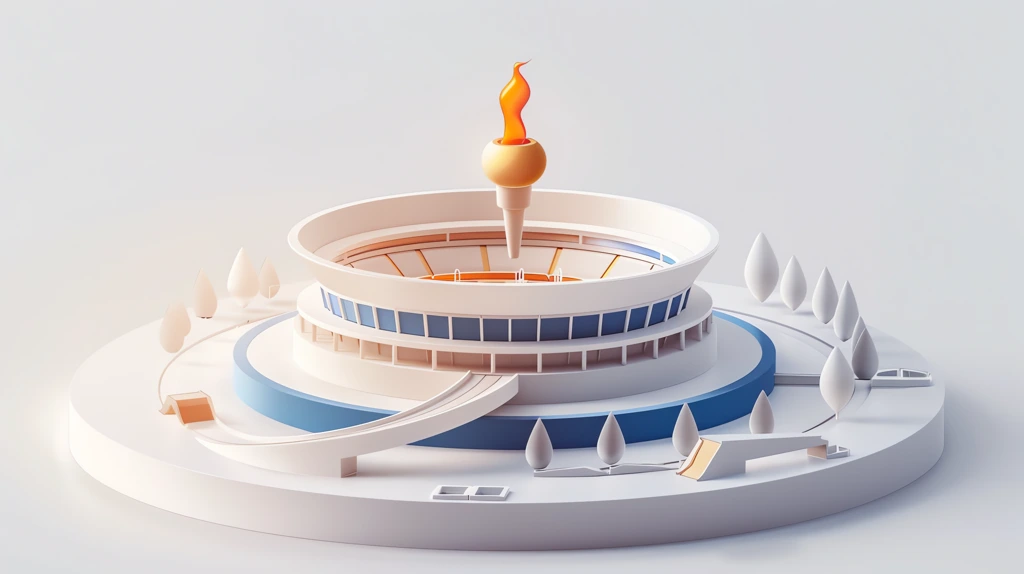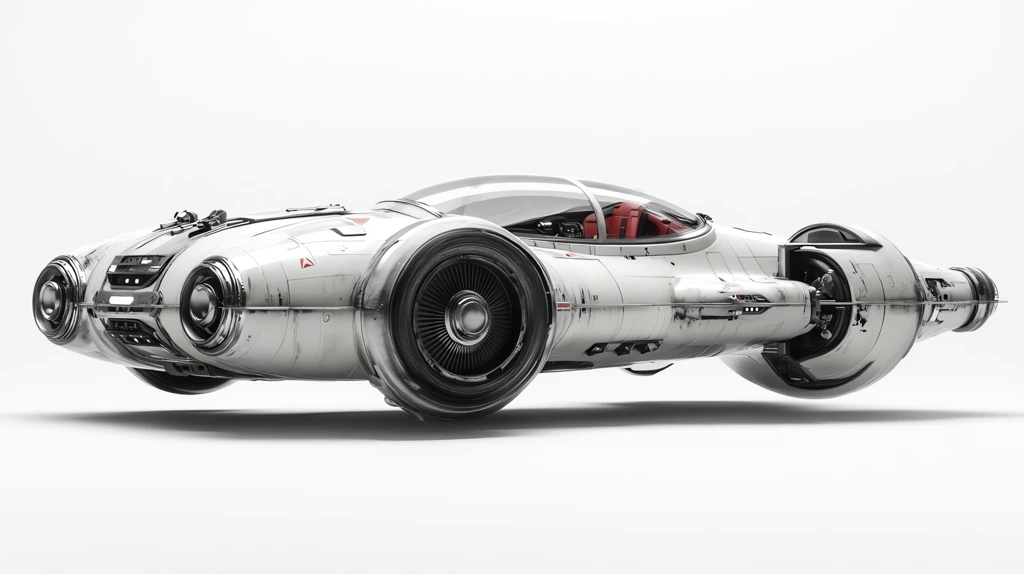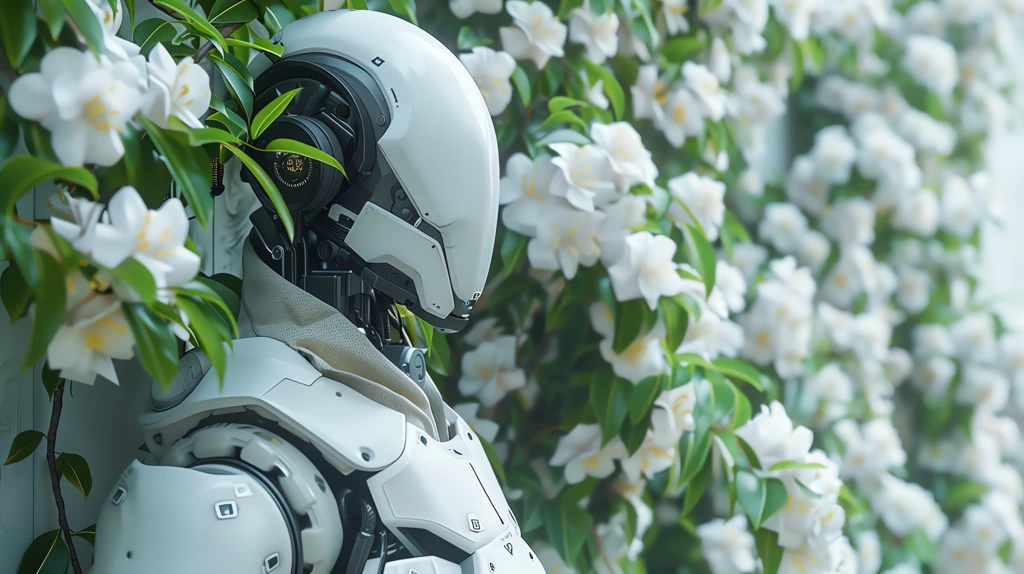4K Desktop Wallpaper
Resolution: 3840 x 2160 pixels
Aspect Ratio: 16:9
File Format: JPG
In the world of design, few names resonate with the same level of reverence as Dieter Rams. Known for his principle-driven approach to product design, Rams has long championed the idea that good design is both functional and aesthetically pleasing. Imagine a surreal intersection of contemporary art and functional design, where his iconic philosophy meets an unconventional medium: plastic desktop wallpaper. This imaginative concept allows us to explore the boundaries of materiality in the realm of car design, creating an engaging visual and tactile experience.
At first glance, the notion of a car crafted from plastic desktop wallpaper may seem far-fetched, but it embodies Rams’ ethos of blending simplicity with innovative materials. The idea challenges preconceived notions about what a car should be. Instead of metal and glass, this vehicle is a celebration of versatility and unexpected beauty. The wallpaper, often relegated to the confines of interior design, emerges as a fresh material that adds texture and color, transforming the car into a canvas of self-expression.
Imagine a sleek, minimalist silhouette inspired by Rams’ penchant for smooth lines and functional form. The body of the car, covered in intricately designed wallpaper, invites a closer inspection. The patterns and colors, evoking nostalgia and contemporary art, create a dialogue between form and environment. This approach resonates with Rams’ belief that design should be unobtrusive yet serve a purpose. The car, in this case, becomes a moving piece of art, leading viewers to reconsider the potential of everyday materials.
The use of plastic wallpaper as a primary material not only appeals to aesthetics but also speaks to a growing awareness of sustainability in design. In a world increasingly concerned with environmental impact, using reclaimed or innovative materials paves the way for more sustainable practices. A vehicle crafted in this manner could serve as a powerful statement on the circular economy, urging the automotive industry to rethink its approach to materials and production processes.
This concept also emphasizes the importance of personal narrative in design. Every driver has a story, and a car made of plastic desktop wallpaper becomes a reflection of its owner’s personality. With an array of designs and textures to choose from, individuals can customize their vehicle, allowing for a blend of artistic expression and personal identity. In doing so, the car transforms into a canvas, telling stories through visual language that is both unique and engaging.
Furthermore, envisioning a car designed by Dieter Rams, wrapped in plastic wallpaper, opens discussions about user experience and interaction. Consider how touchpoints—handles, controls, and interiors—can mirror the wallpaper’s design, creating a cohesive aesthetic throughout the vehicle. By understanding the relationship between user and product, designers can create harmonious experiences that engage all the senses. It’s a reminder that design should not only be seen but felt and experienced.
In a society that often prioritizes speed and efficiency, this conceptual vehicle invites a moment of pause. It compels us to appreciate craftsmanship, thoughtful design, and the stories behind each element. Just as Rams has encouraged generations of designers to consider each detail, incorporating the tactile nature of plastic desktop wallpaper fosters a greater connection between the user and their environment.
Ultimately, a car designed by Dieter Rams, forged from plastic desktop wallpaper, pushes the envelope of what we believe is possible. It beckons us to explore materials in unconventional ways while remaining true to the principles that have guided one of the most influential designers of our time. This playful yet profound fusion of art and functionality not only captures the imagination but also challenges the automotive world to rethink its narratives. Through this lens, we can appreciate the intersection of design, architecture, and craftsmanship, encouraging a richer dialogue about how we envision the vehicles of tomorrow.
